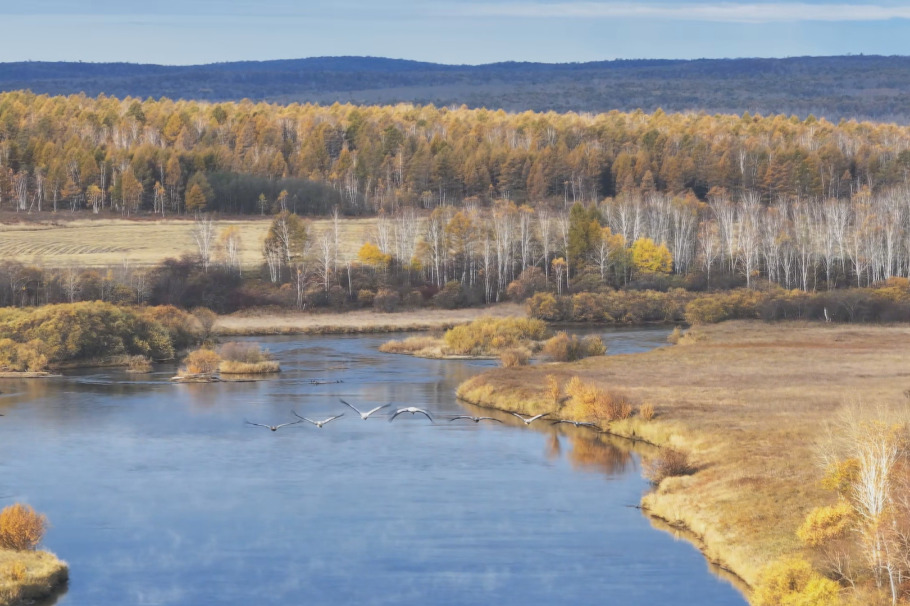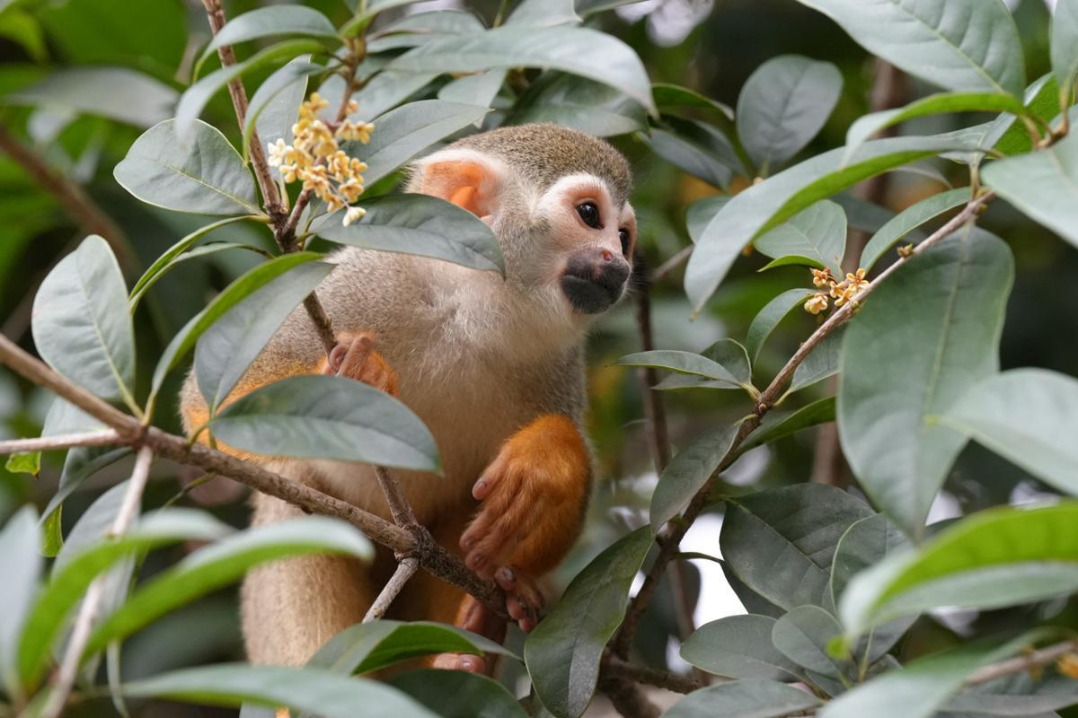Rescuing animals, helping herders all part of ranger's work


Every morning after breakfast, Tharchen sets out to patrol the vast grasslands on a motorbike. As he rides along the sandy track, a billowing cloud of dust forms, and gradually Tharchen disappears.
He's in Shanza county in the Tibet autonomous region, part of the Changthang National Nature Reserve.
Covering an area of 298,000 square kilometers, Changthang is China's biggest reserve and has become a haven for wildlife on the high plateau.
Tharchen is one of 42 rangers in the county working to protect wildlife, despite the cold, thin air at this high altitude.
Patrolling is vital to the reserve, a safe habitat for many rare species such as wild yaks, blue sheep, Tibetan antelopes, black-necked cranes, snow leopards and Tibetan wild asses. Tharchen helps protect them from poaching and flu epidemics, and the wetlands from damage.
With their motorbikes, telescopes and notebooks, rangers leave a footprint in every corner of the grasslands. June is the busiest time of the year, as that's when Tibetan antelopes give birth.
"In the summer, our daily work involves patrolling for six to eight hours, up to 300 kilometers per day," Tharchen told Tibet Daily.
He spoke of the unusual rescue of a Tibetan wild ass in 2020. Alerted by herdsmen, he and his team found the animal stuck deep in a swamp, but they were able to pull it out using ropes.
"Our clothes got wet, and we shivered in the freezing cold after the rescue," the 34-year-old said.
- Talent meets opportunity at Hunan recruitment event in Beijing
- China-Central Asia agricultural alliance launches in Xinjiang
- Xi addresses Global Leaders' Meeting on Women
- North China's barren salt flats turn into rice fields, tourist attractions
- Dunhuang: Where ancient treasures meet global partnerships
- Xinjiang through my eyes: Musician on the grassland





































